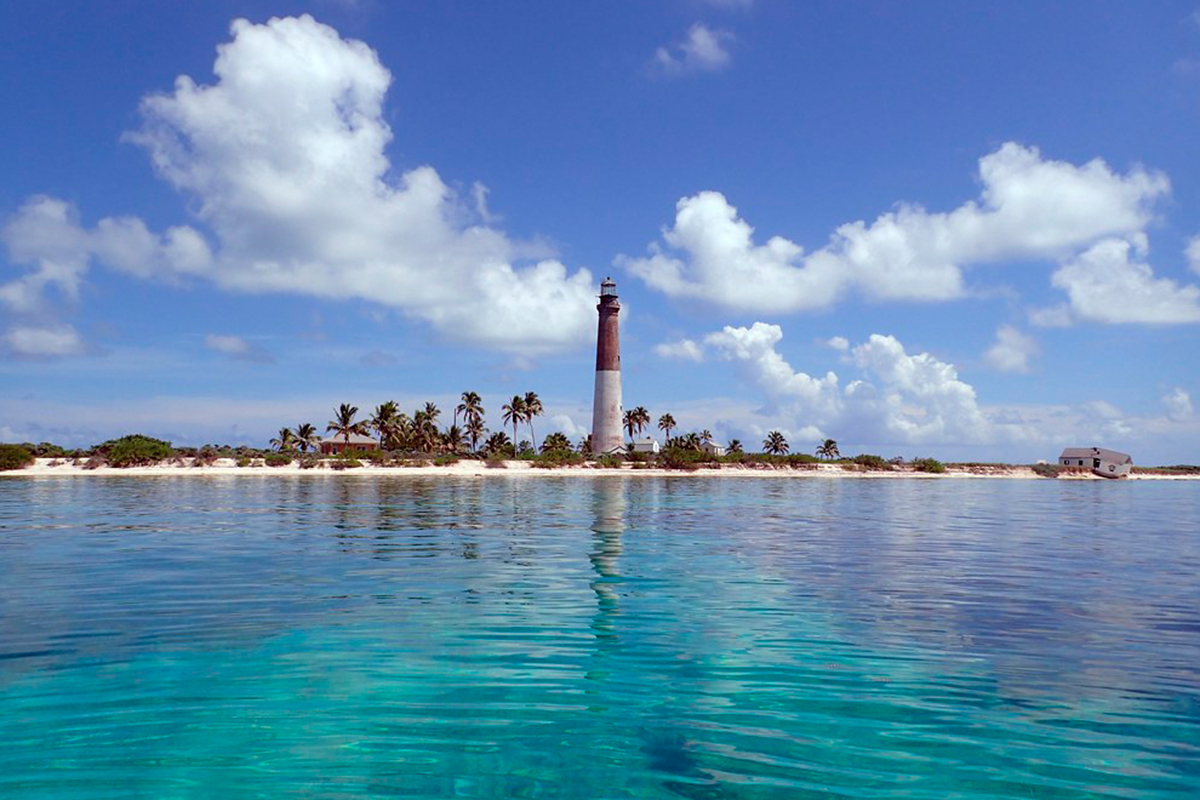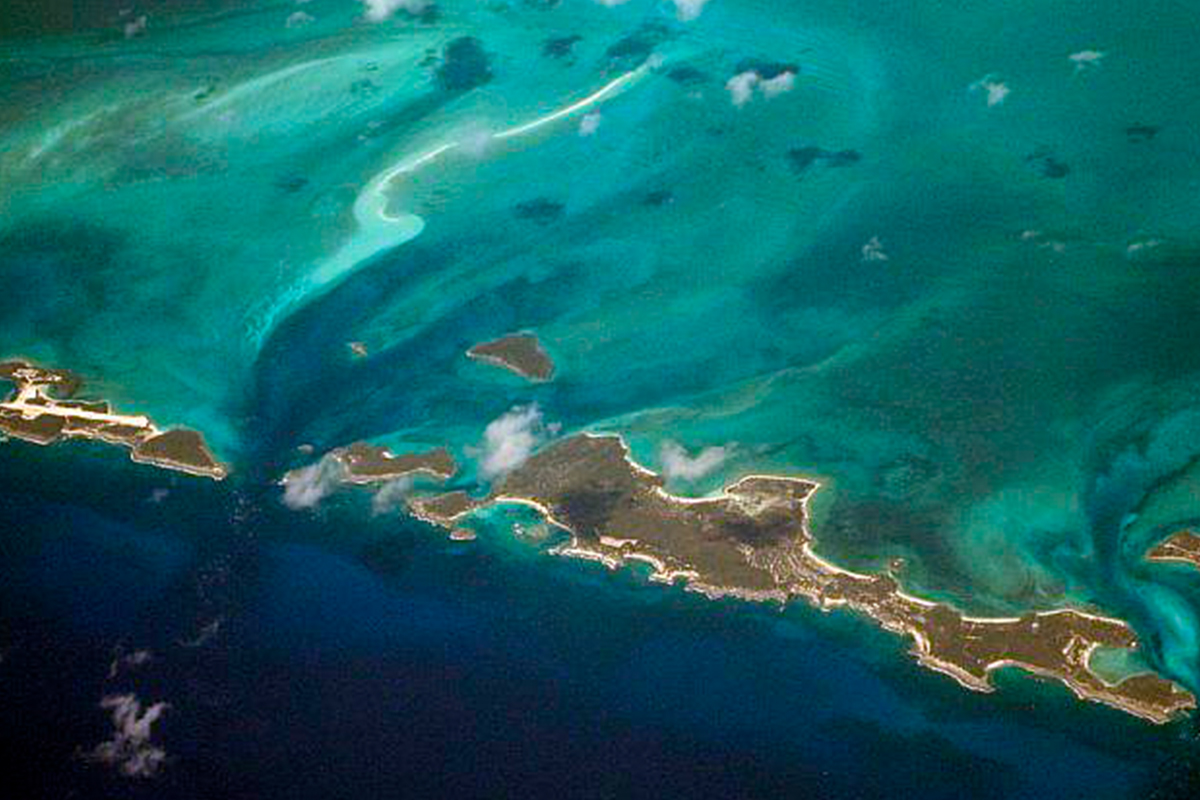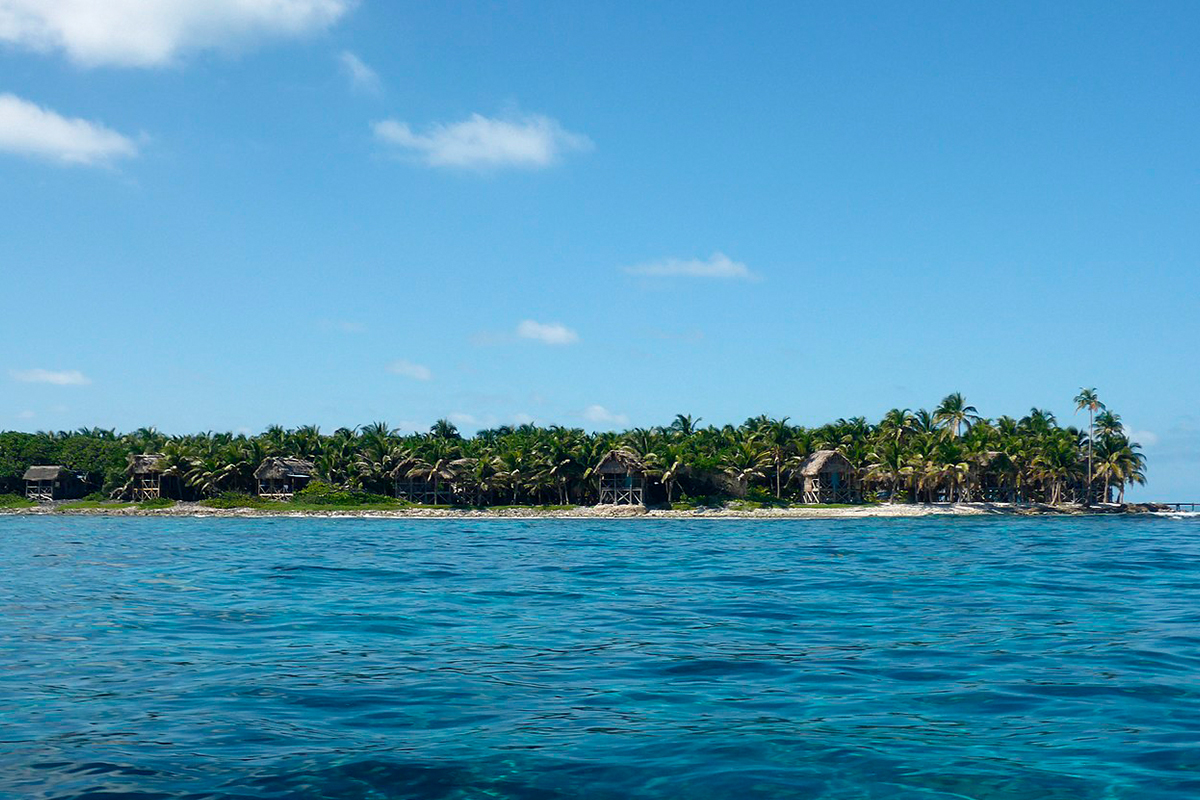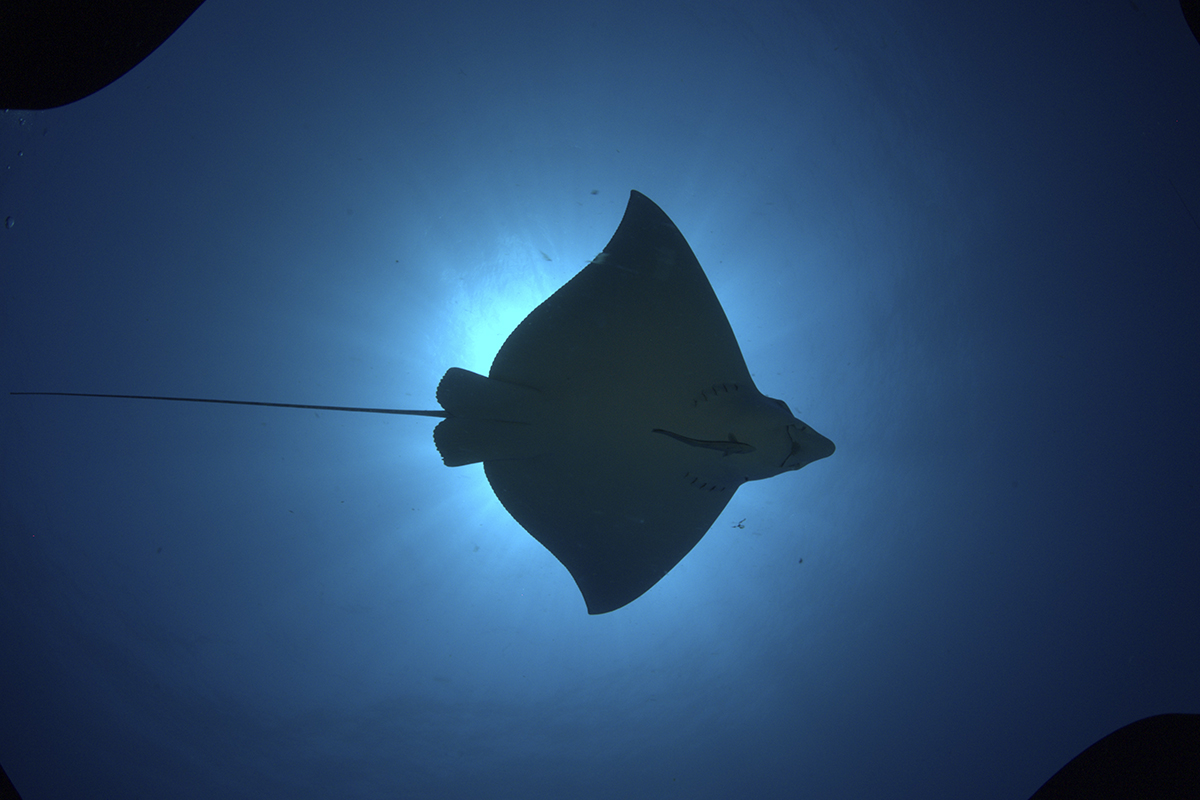
Study United States Case - Dry Tortuga
In 2001, the Tortugas Ecological Reserve, a 518 km2 marine reserve located within Dry Tortugas National Park, was decreed. Establishing this reserve involved the collaboration and coordination of 25 institutions, which made it a long but solid process. Studies carried out eight years after the decree reveal an increase from 36% to 64% in the...

Bahamas Case - Exuma Cays
The Exuma Cays marine reserve was decreed in 1985; it has an area of 400 km2 of coral reefs, seagrasses, mangroves, and sand flats. Recently, it has been documented that the biomass of some exploited species has increased within the reserve compared to fished areas. Such is the case of the Nassau grouper, whose biomass...

Belize Case – Glover’s Reef
Glover's Reef is a marine reserve established in 1993 to recover Caribbean spiny lobster populations and other exploited species. This reserve covers 74 km2, including different habitats: coral reefs, seagrasses, and mangroves. In 1998, when monitoring and surveillance began consistently, the density of lobsters inside and outside the reserve was similar. After three years, lobsters...

Mexico Case - Isla Natividad
In early 2006, the Sociedad Cooperativa de Producción Pesquera Buzos y Pescadores de Isla Natividad decided to close two blocks of its fishing concession as Fishery Refugees. The purpose was to evaluate the recovery of blue and yellow abalone fisheries; oceanographic conditions have been decimated due to climate change. After four years of studying the...


